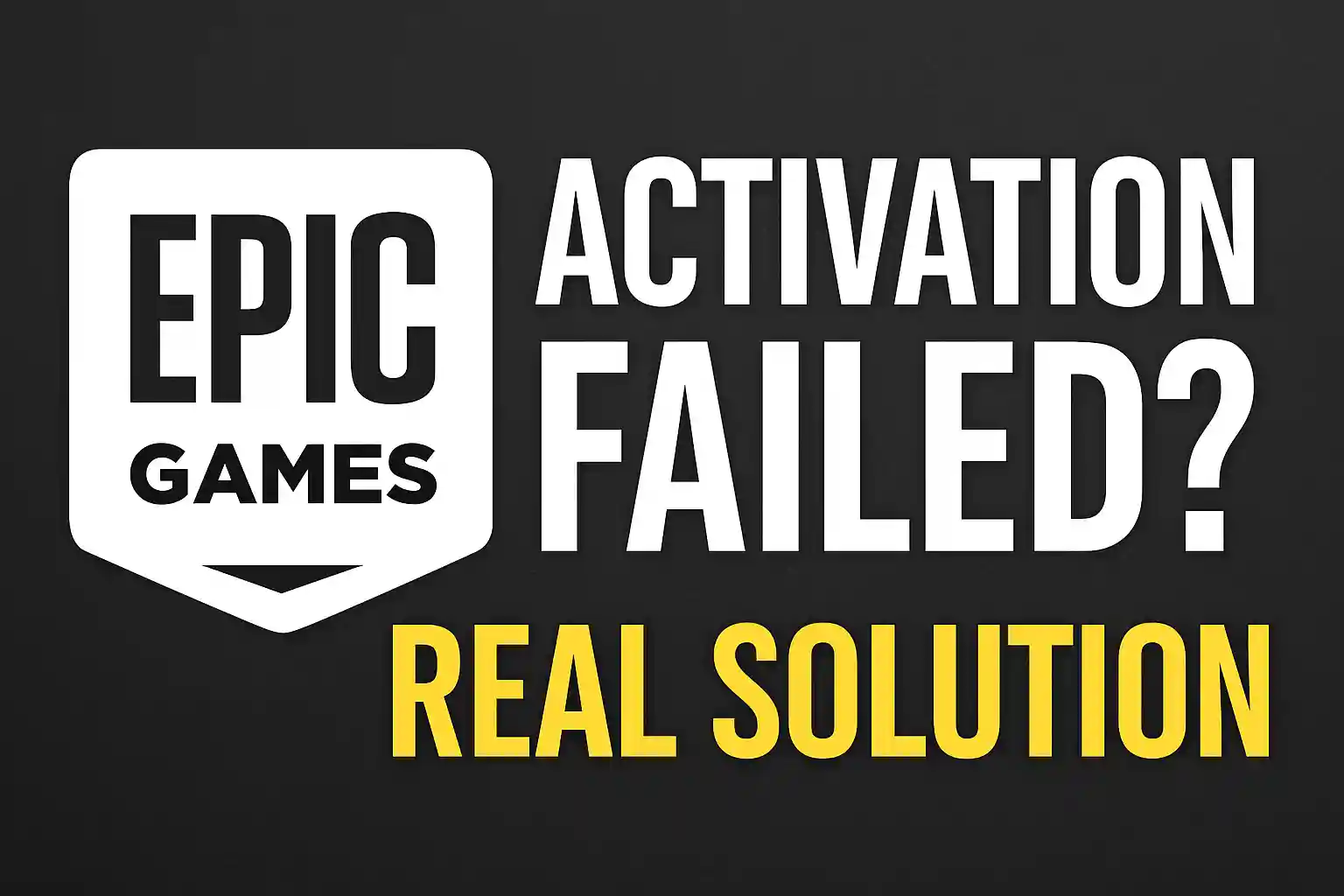Phone Storage Full? 11 Easy Ways to Free Up Space Without Deleting Apps
Is your phone always showing the annoying message: “Phone storage full”? It’s a common problem many people have, especially since we use our phones for so many things like taking pictures, downloading apps, music, and videos. When your storage is full, people often say to delete apps. But what if you don’t want to delete your favorite or daily-used apps?
The good news is, you don’t always need to delete apps to free up space. There are smarter, easier ways to clear your phone storage without deleting apps — and keep your phone running smoothly. In this post, we’ll walk you through 11 easy methods to free up phone storage, designed to work for both Android and iPhone users. Whether you want to clear some space for new photos, update your apps, or just speed up your device, these tips will help you reclaim valuable storage quickly and safely.

Table of Contents
ToggleUnderstand What’s Taking Up Your Phone Storage
Before you start deleting or moving things around, the first step is to get a clear picture of what’s using your storage space. Both Android and iPhone devices have built-in tools that let you check your storage usage in detail.
On Android, go to Settings > Storage. Here you’ll see how much space is used and what categories are consuming it — like apps, photos, videos, system files, cache, and more.
On iPhone, go to Settings > General > iPhone Storage. It breaks down storage into apps, media, system, and other files. You can even see the size of each app and its data.
Why is this important? Because knowing which type of files or apps use the most space helps you decide which method to try first. For example, photos and videos usually take up the largest chunk of storage, followed by apps and cached data.
1. Clear Cache and Temporary Files
One of the easiest ways to free up space is by clearing cache and temporary files. Cache is storage space that apps use to save small pieces of data temporarily. This helps apps run faster but can grow over time and take up a surprising amount of storage.
On Android, you can clear cache for individual apps by going to Settings > Apps, selecting the app, and tapping Clear Cache. Some Android phones also have a “Storage Cleaner” or similar tool in Settings that can clear cached files from multiple apps at once.
On iPhone, cache clearing is less straightforward because iOS manages cache automatically. But you can free cache by deleting and reinstalling apps that use lots of cached data, like browsers or social media apps. Safari cache can be cleared from Settings > Safari > Clear History and Website Data.
Clearing cache won’t delete your personal data or settings, just temporary files that your phone can safely remove.
READ MORE – How to Connect Your Android Phone to Windows 11: A Simple Step-by-Step Guide
2. Use Cloud Storage to Offload Media Files
Photos and videos are often the biggest space hogs on your phone. But you don’t have to keep all of them on your device. Cloud storage services like Google Drive, iCloud, and Dropbox allow you to back up your photos and videos online, freeing up space on your phone.
For Android users, Google Photos offers free (high-quality) or original quality backups to the cloud. Once your photos are backed up, Google Photos can help you delete local copies safely with the “Free up space” feature.
For iPhone users, iCloud Photos syncs your photos and videos across your Apple devices. You can enable Optimize iPhone Storage in Settings > Photos to store smaller versions on your phone while keeping full-resolution versions in iCloud.
Remember to connect your phone to Wi-Fi and plug it into power during backups to save data and battery.
3. Manage and Delete Large or Duplicate Photos and Videos
Even after backing up, it’s smart to regularly review your photos and videos. Sometimes, duplicates, screenshots, or poor-quality shots pile up unnoticed and consume a lot of storage.
Many apps like Google Photos, Remo Duplicate Photos Remover, or Gemini Photos can scan your gallery for duplicate or similar images and help you delete them easily.
If you have large video files, consider compressing them. Apps like Video Compressor or Video Dieter can reduce video size without a noticeable loss of quality. Smaller video files free up significant space and make sharing easier.
Take a moment to organize your media regularly — deleting unnecessary or blurry photos will not only free up space but also declutter your gallery.
READ MORE – Why is My iPhone Getting Hot? 11 Reasons and Fixes
4. Offload or Optimize Apps Without Deleting Them (iPhone)
If you’re an iPhone user, you have a handy feature called Offload Apps. This lets you remove the app itself but keep its data and documents intact. When you reinstall the app, all your data returns as if nothing happened.
To offload apps, go to Settings > General > iPhone Storage, tap the app you want to offload, then tap Offload App.
This feature is perfect for apps you don’t use daily but want to keep for the future, like games or social media apps.
Android users don’t have a direct offload feature, but you can clear app data or move app data to SD cards (if supported), which helps free internal storage without deleting the app completely.

5. Clean Up Downloads and Documents Folder
Often overlooked, the Downloads and Documents folders can accumulate a surprising amount of space over time. PDFs, installation files, old email attachments, and other documents linger in these folders.
Open your Files app or file manager, browse to the Downloads folder, and delete any files you no longer need. Make it a habit to check this folder regularly, especially after downloading files from emails or the internet.
If you use apps that download offline content like PDFs or music files, check their internal storage too and clear unnecessary files.
6. Use Lite Versions of Popular Apps
Many popular apps have lite versions designed to use less storage, data, and battery. These apps offer the core functions you need while being much smaller in size.
For example:
- Facebook Lite
- Messenger Lite
- Twitter Lite
- YouTube Go
Switching to these lite apps can free up hundreds of megabytes, especially on older or lower-storage phones. They also use less data, which is a bonus for limited data plans.
You can find lite apps on Google Play Store or the Apple App Store by searching the app name plus “lite.”
READ MORE – What is the Difference Between NVMe and SSD: A Complete Guide
7. Delete or Manage Offline Content in Streaming Apps
Apps like Spotify, Netflix, and YouTube allow you to download music, movies, or videos to watch offline. These files can quickly take up large amounts of storage.
Open your streaming apps and check the offline or downloaded section. Delete files you’ve already watched or don’t need anymore.
Instead of keeping large offline libraries, consider streaming content online when possible, which uses less storage but requires a good internet connection.
8. Move Media Files to External Storage (Android)
If your Android phone supports an SD card, it’s a great way to add extra storage without deleting anything.
You can move photos, videos, music, and even some app data to the SD card. To do this, open your file manager app, select the files or folders you want to move, and choose Move to SD card or similar option.
Some phones allow you to set the SD card as default storage for camera photos, downloads, or app data — check your camera and app settings.
Note: iPhones do not support SD cards.
9. Use Built-in Storage Management Tools and Apps
Both Android and iPhone devices come with built-in tools that help you manage storage efficiently.
On Android, go to Settings > Storage, where you may find options to clean junk files, delete rarely used apps, and clear cache. Some manufacturers like Samsung have their own device care apps for this purpose.
On iPhone, the iPhone Storage screen suggests apps you can offload or delete and offers recommendations like clearing old conversations or large attachments.
There are also reputable third-party apps such as CCleaner, Files by Google, and Clean Master that help clean junk files safely without risking your important data.
READ MORE – 11 Ways to Make Your Online Shopping Safer & More Secure
10. Backup and Factory Reset (Last Resort)
If your phone storage is still full and your phone runs slow despite trying all other methods, a factory reset might be the last resort.
Factory resetting erases everything on your phone and returns it to factory settings — so backing up your data is critical before doing this.
Back up photos, contacts, messages, and important files to the cloud or a computer. For Android, use Google Backup; for iPhone, use iCloud or iTunes.
After resetting, reinstall only the apps and files you need. This refresh can significantly improve phone performance and storage space.
11. Tips to Prevent Phone Storage From Filling Up Again
Once you’ve freed up space, it’s smart to keep it from filling up too quickly.
- Regularly clear cache and junk files.
- Use cloud storage for photos and videos.
- Enable storage optimization options like iPhone’s “Optimize Storage.”
- Avoid downloading unnecessary files or offline content.
- Use lite apps where possible.
- Periodically review downloads and media folders.
These habits keep your phone running smoothly and avoid storage issues down the road.

Conclusion
Dealing with a full phone storage doesn’t mean you have to delete your favorite apps or lose important data. With these 11 easy ways to free up space without deleting apps, you can take control of your device’s storage in a simple, smart way.
From clearing cache and using cloud backups to offloading apps and managing offline content, these tips work for both Android and iPhone users. Start applying these strategies today, and enjoy a faster, smoother phone experience with plenty of room for what matters most.
If you found this guide helpful, share it with your friends and family. Also, feel free to bookmark our blog for more easy tech tips and tricks.
READ MORE – iPhone Pro vs. Pro Max: Which One Is Right for You?
FAQs
1. Can I free up space without deleting apps?
Yes! Clearing cache, using cloud storage, offloading apps (iPhone), and managing media files can free space without uninstalling apps.
2. How do I clear cache on my phone?
On Android, go to Settings > Apps > Select app > Clear Cache. On iPhone, clear cache by reinstalling apps or using browser settings for Safari.
3. Is it safe to delete downloaded files?
Yes, downloaded files like PDFs or installation files can be deleted safely if you no longer need them.
4. How does offloading apps work on iPhone?
Offloading removes the app but keeps its data. When you reinstall, your data and settings are restored.
5. Can I move apps to SD card on Android?
Some Android phones allow moving apps or app data to an SD card via Settings > Apps. It depends on your phone model.
6. What are lite apps and do they affect app functionality?
Lite apps are smaller versions of popular apps. They have fewer features but still serve core functions and save space.
7. How can cloud storage help free up phone space?
Cloud storage lets you upload photos and files online and delete local copies, freeing up device storage.
8. Will deleting offline content affect app usage?
You won’t be able to access deleted offline content without internet, but it won’t affect other app functions.
9. How often should I clean my phone storage?
Monthly cleaning is a good habit to prevent storage buildup and keep your phone performing well.
10. Can I recover deleted photos or files?
Deleted files can sometimes be recovered from the recycle bin, cloud backups, or specialized recovery apps, but success varies.
11. When should I do a factory reset for storage issues?
If your phone is still slow and storage full despite other fixes, a factory reset can refresh your device — but always back up data first.






